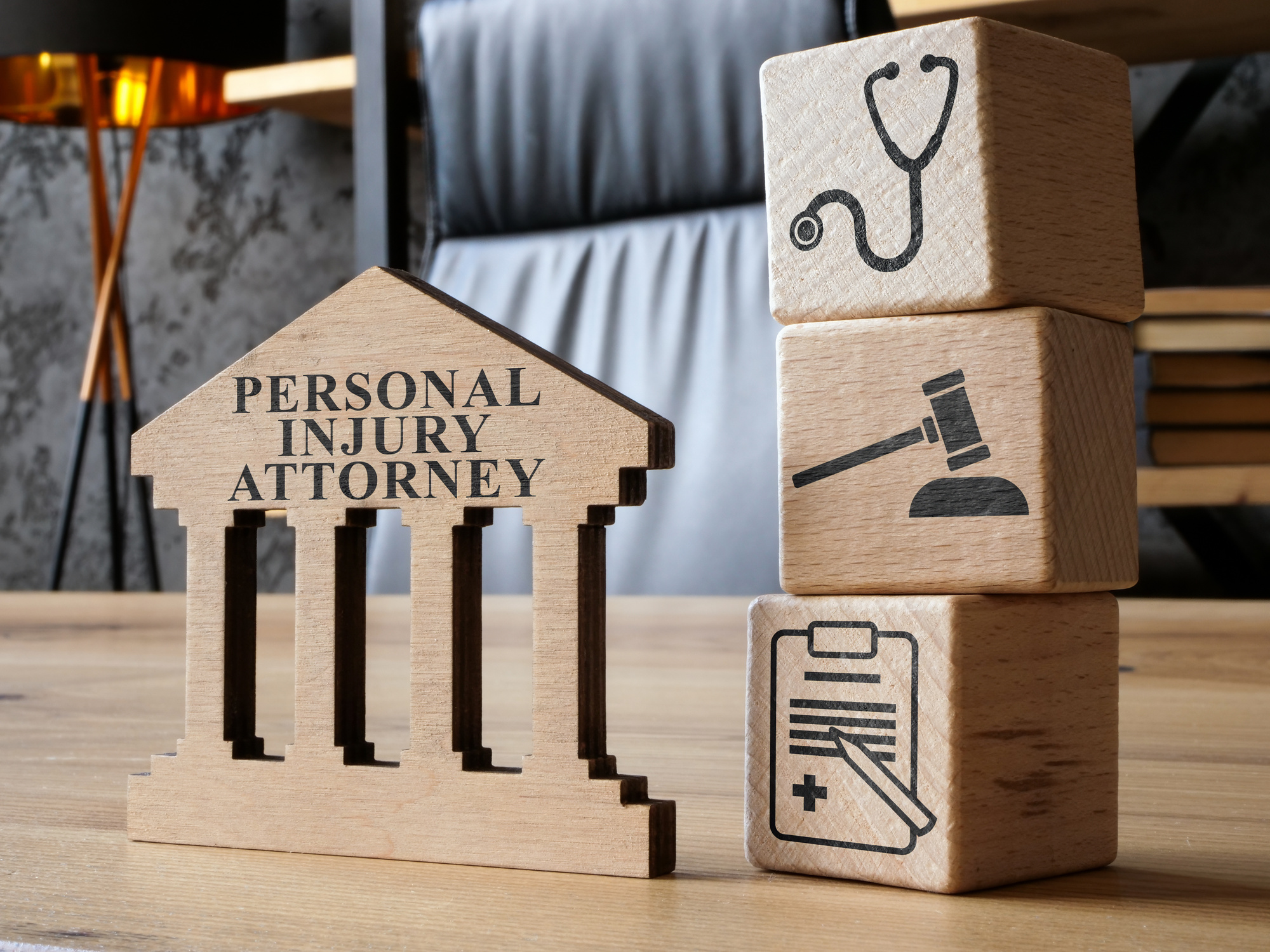Now Reading: Florida’s Caps Can Affect Your Compensation Amount
-
01
Florida’s Caps Can Affect Your Compensation Amount

Florida’s Caps Can Affect Your Compensation Amount
After the shock and confusion have worn off, stress is often the next emotion after being injured in an accident. Suddenly, you’re facing unexpected medical bills, and this is often only the start of your expenses.
You’re depending on your personal injury claim to cover your damages, but then you remember that Florida has caps on some types of compensation. Now, you’re likely wondering how this is going to affect your claim—for example, Florida’s cap on punitive damage amounts.
However, don’t start panicking over caps just yet and worrying that you may be stuck with outstanding expenses. To help ease your worries a bit and inform you, here’s a look at the state’s rules and regulations regarding compensation for personal injuries and other damages.
Economic (Compensatory) Damages
What are economic damages? These are damages sustained in the accident with a tangible price, meaning you know the amount of these damages, even if it’s only an estimate.
Some examples of compensatory damages include medical expenses and property repairs or replacement. Loss of current and possibly future earnings is also considered economic damage.
Chances are, you’ll be able to show proof of damage amounts in the form of bills, receipts, and estimates from repair shops, even if you require ongoing or lifelong medical care. Your economic damages can even cover rental vehicles while yours is being repaired.
Currently, Florida doesn’t have a cap on economic damages, which means you shouldn’t run into any issues recovering these losses. Problems typically only pop up when you can’t provide proof. To help avoid any potential issues, it’s a good idea to save everything related to your injuries and other damages.
Non-Economic Damages
Okay, so calculating your non-economic damages is a little harder than dealing with economic damages. The reason is simple: non-economic damages don’t have tangible dollar amounts. For example, it’s tough to place a price tag on your pain, suffering, and mental anguish.
Other examples of non-economic damages can also include loss of life enjoyment and an inability to participate in life events. Even loss of consortium can be listed as non-economic damages. So, how do you calculate your non-economic damages? You have two options, and both have their own respective advantages.
Multiplier Method
This method isn’t always the most precise but it can give you a fair compensation number. You take the total of your economic damages and multiply this by a number typically ranging from 1.5 to 5. The higher the number, the greater your pain and suffering.
Multiply your total economic damages by the selected number; this is your requested compensation amount for your non-economic damages.
Per Deim (Daily Rate) Method
Using the per diem method is also fairly straightforward. You’ll need to come up with a fair daily amount denoting your pain and suffering. You’ll multiply this number by the total number of days you’re experiencing pain and suffering. While neither method is precise, it can help ensure you receive fair compensation for all of your damages.
You’re probably wondering if Florida has a cap on non-economic damages, especially since it’s not a precise number. In other words, you can’t produce receipts and bills showing how your non-economic damages are impacting your life.
In 2017, the Florida state legislature passed a bill that places a cap on non-economic damages in medical negligence cases, which applies to both personal injury and wrongful death claims. The cap is currently at $750,000 per claimant.
However, this only applies to medical malpractice cases against non-practitioners. If your non-economic damages are from an auto or slip-and-fall accident, the cap may not apply. To avoid any confusion, it’s best to consult with an experienced personal injury attorney. They can explain if any caps may affect the amount of your non-economic damages.
Punitive Damages
If you’re not sure what punitive damages are, you’re not alone. Punitive damages aren’t the same as economic or non-economic damages. You also can’t calculate punitive damages, and this also applies to your attorney. These types of damages are only awarded by a judge or jury. Yes, this means you’ll need to file a personal injury lawsuit in civil court. You can’t request punitive damages from an insurance company.
Punitive damages are intended to be a punishment and a warning. The damages punish the negligent party, you know, the person or persons responsible for the accident. This type of compensation is also meant to serve as a warning. Punitive damages work to try and dissuade others from engaging in the same behavior as the defendant/s in your personal injury case.
Since punitive damage amounts tend to be large, think in the millions of dollars, Florida does cap punitive damages to either 3x the total economic damage amount or $500,000. If your economic damages are higher than $500,000, the cap is raised to reflect this amount. In other words, you can receive more than $500,000 in punitive damages if your economic losses are more than the state’s cap.
Try not to set your hopes on receiving punitive damages in your personal injury case. Florida has strict regulations on when punitive damages may apply. For example, if you’re seeking punitive damages in a rear-end collision, you’re probably out of luck. Punitive damages are only awarded in cases where negligence is egregious—think of a delivery service with multiple safety violations.
If they’re responsible for your accident and injuries, you can probably ask the judge or jury to consider awarding you punitive damages. This still isn’t guaranteed, but at least you’re meeting the state’s threshold.
Why is There a Cap on Punitive Damages
Florida’s legislatures placed a cap on punitive damages to try to rein them in. Since damage amounts tend to be extremely high, the state decided to step in. This is partially an attempt to prevent juries from financially ruining companies and individuals.
The cap also helps preserve the reason why punitive damages are awarded. Remember, this type of compensation is meant to punish those who display overt acts of negligence.
Find Out How Caps Can Potentially Affect Your Personal Injury Case
The best way to understand the potential impact of caps on your personal injury case is to arrange a consultation with a knowledgeable attorney as soon as you can. These experts are well-versed in the nuances of your state’s legal limitations on compensation. They can provide a detailed explanation of how these caps could influence the financial outcome of your case.
By offering personalized advice and insights into the specific legal situation of your state, an experienced attorney ensures that you have a clear understanding of the maximum compensation you may be entitled to and helps you strategize effectively to maximize your claim’s value.










